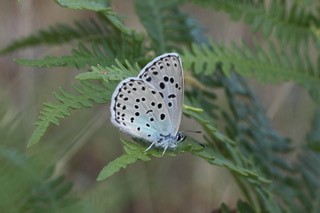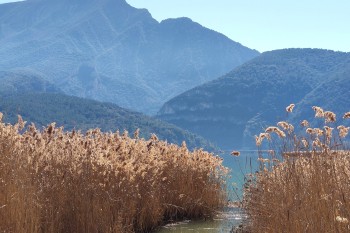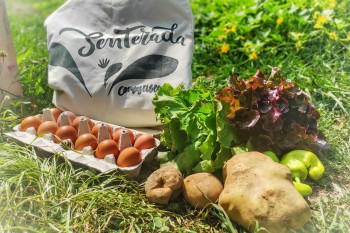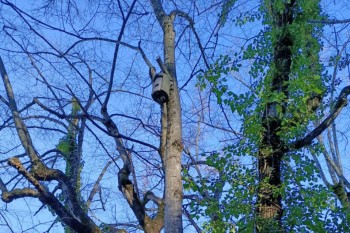Patamolls del Pla de Corts micro-reserve 2023
Micro reserve : Microreserva Patamolls del Pla de Corts
Help us to preserve those little underground water resurgences, which are geologically active spaces, full of biodiversity
Cause accomplished
Aquesta causa ja no admet noves donacions.
Aquesta causa ha assolit l’objectiu marcat.
Promoted by:
Associació Marques de Pastor
See moreDescription
El Pla de Corts (Baix Pallars, Pallars Sobirà) includes a number of natural springs caused by the dissolution of salts in the bedrock, which cause depressions in the rocks of the area. The Estany de Moncortès is the best-known example of this process, although there are many other much smaller examples.
Patamoll is word used in the Pallares dialect to describe a wetland area with lush aquatic vegetation. Currently, the Patamolls del Pla de Corts Micro-reserve includes an area of springs of 4,000 m2 that, along with the pastures and the surrounding deciduous woodland, covers a total of 4.2 ha. It is hoped that new stewardship agreements – whose aim is to promote the conservation of the biodiversity – will be signed in the near future.
Apart from its geological interest, this space possesses very interesting aquatic plant communities that, together with the surrounding vegetation (and that of the nearby Estany de Montcortés), provides habitat for diverse communities of butterflies, and damselflies and dragonflies. Specifically, butterflies of the genus Maculinea, threatened throughout Europe, are found in this area.

All money donated will be used to conserve our wetlands and springs and study their biodiversity.
The actions planned for 2023 are the following:
- Maintenance of the path to go around the Montcortés lake: Clearing and marking of the path to go around the Montcortés lake during the month of March. This trail is designed to make the conservation of biodiversity, livestock use and ecotourism compatible.
- Monitoring of the biodiversity of the micro-reserve. Chiroptera monitoring in June and July (2 days) aimed at detecting the different species that live in the area and at controlling their population throughout the years. This will allow to identify possible alterations of the populations due to habitat changes.
Biodiversity monitoring actions are currently being carried out with the funds received. More information on the results soon!
Promoted by:
Associació Marques de Pastor
See moreDescription
El Pla de Corts (Baix Pallars, Pallars Sobirà) includes a number of natural springs caused by the dissolution of salts in the bedrock, which cause depressions in the rocks of the area. The Estany de Moncortès is the best-known example of this process, although there are many other much smaller examples.
Patamoll is word used in the Pallares dialect to describe a wetland area with lush aquatic vegetation. Currently, the Patamolls del Pla de Corts Micro-reserve includes an area of springs of 4,000 m2 that, along with the pastures and the surrounding deciduous woodland, covers a total of 4.2 ha. It is hoped that new stewardship agreements – whose aim is to promote the conservation of the biodiversity – will be signed in the near future.
Apart from its geological interest, this space possesses very interesting aquatic plant communities that, together with the surrounding vegetation (and that of the nearby Estany de Montcortés), provides habitat for diverse communities of butterflies, and damselflies and dragonflies. Specifically, butterflies of the genus Maculinea, threatened throughout Europe, are found in this area.

All money donated will be used to conserve our wetlands and springs and study their biodiversity.
The actions planned for 2023 are the following:
- Maintenance of the path to go around the Montcortés lake: Clearing and marking of the path to go around the Montcortés lake during the month of March. This trail is designed to make the conservation of biodiversity, livestock use and ecotourism compatible.
- Monitoring of the biodiversity of the micro-reserve. Chiroptera monitoring in June and July (2 days) aimed at detecting the different species that live in the area and at controlling their population throughout the years. This will allow to identify possible alterations of the populations due to habitat changes.
Biodiversity monitoring actions are currently being carried out with the funds received. More information on the results soon!
Cause accomplished
Aquesta causa ja no admet noves donacions.
Aquesta causa ha assolit l’objectiu marcat.










